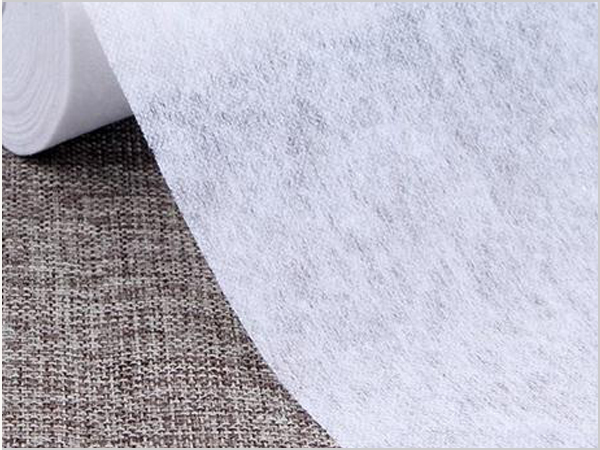- Why can spunbond nonwoven fabric dominate the market?
- Foreign trade exports are moving forward under pressure, with both resilience and challenges coexisting
- Explore the environmental protection characteristics and application fields of PP non-woven fabric
- The rise of the Latin American market is expected to become a new growth pole for China's textile foreign trade
- The production process of spunbond nonwoven fabric determines its unique characteristics!

- Telephone: 0551- 66779966
- Cellphone: 18955130444
- Email: 58792982@qq.com
- Address: Building 1-2, East of Wubu Village Section, Hehuai Road, Wushan Town, Changfeng County, Hefei City, Anhui Province
1. Small melting point fiber and conventional fiber mixed cotton unevenness: Different fibers have different bonding force, in general, low melting fibers have a greater bonding force than conventional fibers, if low melting fibers are dispersed Uniform, the part of the content is unable to form a sufficient mesh structure in time, so that the non-woven fabric produced is thinner, and a thicker case is formed relative to the low melting point fiber content.
2. The low melting point fiber is not complete: this is mainly due to insufficient temperature, for non-woven fabrics with lower weight, it is not easy to have a problem of insufficient temperature, but for high-reference and high thicknesses, special attention is required. NS. The non-woven fabric on the side is due to sufficient heat, so it is generally thicker, the nonwoven fabric located in the intermediate portion, because the heat is easily insufficient, which is a thinning non-woven fabric, which is also a result.
3. The contraction ratio of fibers is high: whether conventional fiber OR low melting fibers, if the thermal shrinkage rate of the fibers is high, the thickness of thickness occurs during the production of nonwoven fabrics.
The non-woven fabric produces static electricity during production because of what causes caused?
1. External factors may be because the weather is too dry, the humidity is not enough.
2. When there is no antistatic agent on the fiber, since the resiliency of the polyester cotton is 0.3%, the result of lack of antistatic agents, resulting in electrostatic electricity during non-woven fabric production.
3. The oil of the fiber is low, and the content of the opposing electrostatic agent will also produce static electricity.
4. Prevent static method from moisturizing the production of work housing, the feeding phase can effectively exclude oil-free cotton is also a very important job.
What are the reasons why non-woven fabric is caused under the same processing conditions?
1. Due to the uneven mixed cotton of low melting point fibers and conventional fibers, the low-melting content is higher, but in turn, the lower portion is less soft.
2. In addition, the low melting point fiber melting is not completely easy to cause the non-woven fabric to appear softly.
3. The contraction ratio of fibers will also cause problems that have no softness of non-woven fabrics.
The above is the reason for the soft and uniform non-woven fabric in the production process. It seems that it is necessary to pay attention to a variety of reasons during production, thereby increasing production quality.
- Why can spunbond nonwoven fabric dominate the market?
- Foreign trade exports are moving forward under pressure, with both resilience and challeng
- Explore the environmental protection characteristics and application fields of PP non-wove
- The rise of the Latin American market is expected to become a new growth pole for China's
- The production process of spunbond nonwoven fabric determines its unique characteristics!
- The global trade landscape is undergoing significant changes in 2025
- The 11th China International Silk Conference was held in Shengze
- What are the core advantages of spunbond nonwoven fabric?
- What are the magical aspects of the manufacturing process of spunbond nonwoven fabric?
- The textile industry is enjoying dual policy benefits



